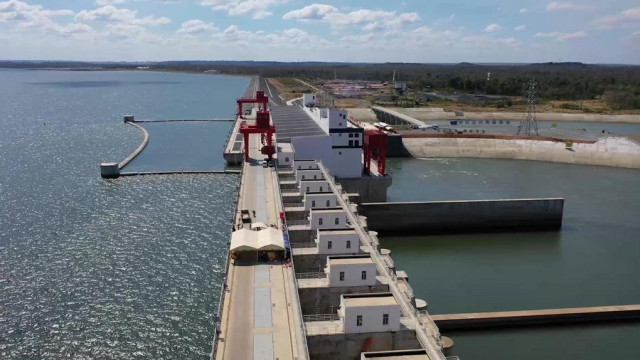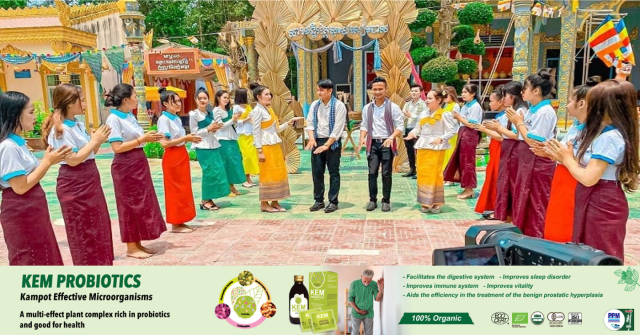Plastic, Tock, Tick-Tock, Boum…

- By Cambodianess
- November 28, 2021 10:57 AM
In the blue of the sea, do you know what is there?
Perhaps there is the plastic bottle of the soft drink you had a long time ago or the plastic bag the vegetable saleswoman at the market had given you when you had gone shopping on a day of January 2000.
Because according to a study published in the Nature Sustainability magazine, it is only 10 plastic products that cause 75 percent of all the plastic waste found in oceans. Items used for takeout food, especially single-use bags, plastic bottles, food containers and cutlery, and plastic packaging are the most found.
Cambodia is obviously not at the top of the list of the biggest plastic-garbage producers as this “privilege” falls of course to the countries that are the most developed since they are, in the better and in the worse. However, consumption habits in the kingdom nonetheless makes it a country with a high potential as a sea polluter.
This starts in markets where nearly every item is packaged in its own plastic bag. Two carrots, one plastic bag. One cabbage, one plastic bag. Laundry detergent in plastic sachets, one plastic bag. And so on until one puts all these plastic bags in a big bag— fittingly, a plastic one.
And then, there are take-out beverages one loves to sip while driving one’s moto. Isn’t this iced latté delicious in its plastic glass with plastic handles that one sips with a plastic straw while waiting for the traffic lights to turn green.
And then there are those plastic—as well as polystyrene—containers so convenient for picnics on the waterfront. I eat, I throw away, I eat, I throw away.
After all, what we like about plastic is being able to throw it away. Plastic is not cumbersome. Once used, it disappears. Out of our sight.
Actually not: It does not disappear. It gets out of our sight but goes on with its life, from one sewer to the next, eventually reaching the big blue sea.
And then one day, it will come back to us in the belly of the fish we will have on the table…If of course fishes can survive this diet high in plastic.
You like Kep and Sihanoukville, the blue of the sea, fish and crab? So, “unplastify” yourself.















